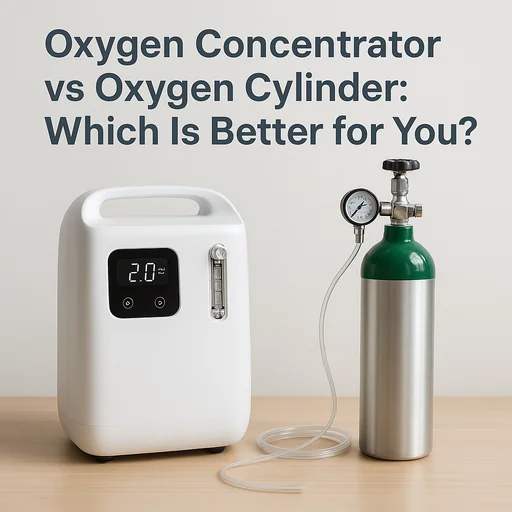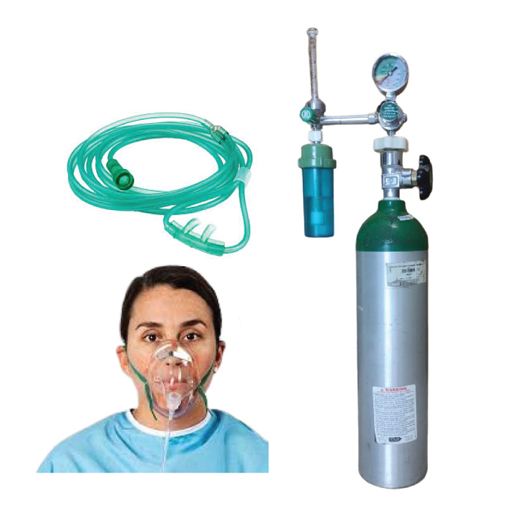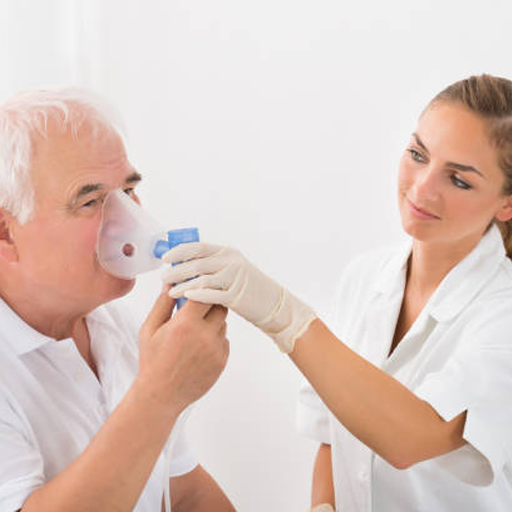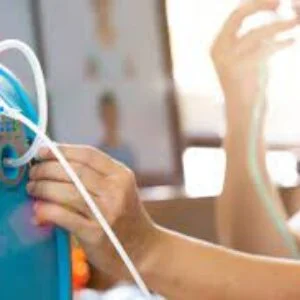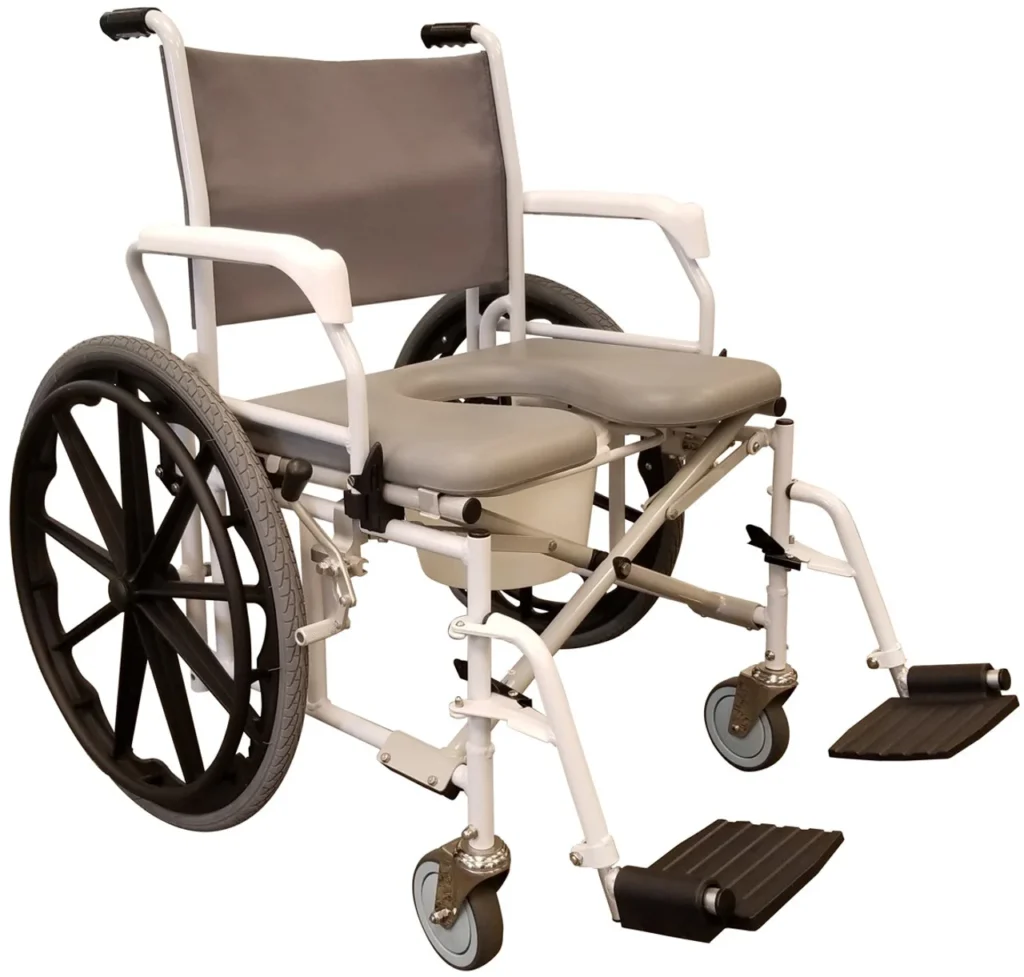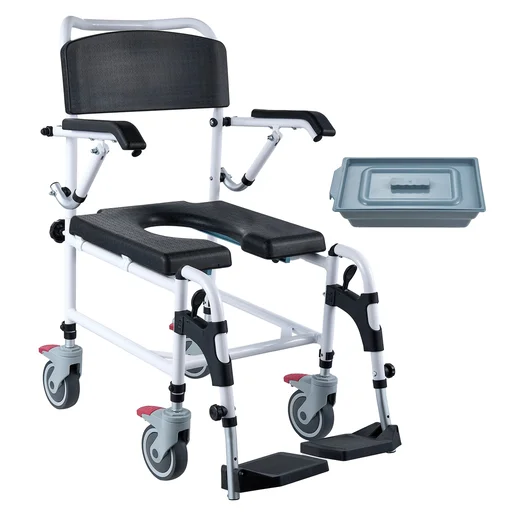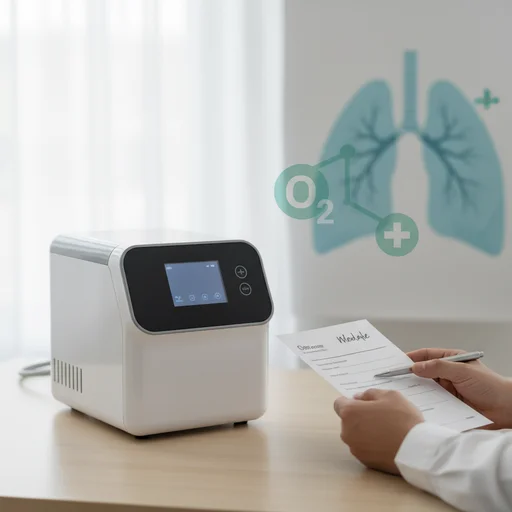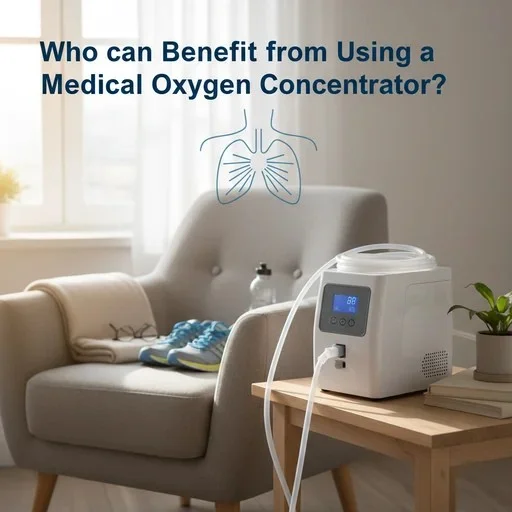The air gets thin. A doctor mentions supplemental oxygen. And suddenly, you’re faced with a decision that feels both medical and deeply personal. Which source of this essential breath is right for you or your loved one? The classic oxygen cylinder or the modern oxygen concentrator?
It’s not a one-size-fits-all answer. Your lifestyle, your mobility, and even your location shape the right choice. This isn’t just about equipment; it’s about reclaiming your independence and your peace of mind. Let’s clear the air, breaking down the details so you can breathe easier, knowing you’ve made the most informed decision.
The Fundamental Difference: How They Make “Air”
Before we compare, we need to understand each other. How do these two devices actually work? The core difference is simple: one contains oxygen, while the other creates it.
The Oxygen Cylinder: The Trusted Tank
Think of this as a high-pressure storage unit. An oxygen cylinder is a robust tank filled with purified, medical-grade oxygen. It’s a finite resource. You open the valve, and the gas flows out. When the pressure gauge dips towards zero, the tank is empty. It’s straightforward, powerful, and has been a medical staple for decades. But like a battery, it needs to be recharged—or in this case, refilled or replaced.
The Oxygen Concentrator: The Air Magician
This is where technology shines. An oxygen concentrator doesn’t store oxygen. It pulls in the surrounding air (which is about 78% nitrogen and 21% oxygen), filters out the nitrogen, and delivers a continuous stream of concentrated oxygen, typically at purities of 90-95%. It’s a mini-factory for breathable air, running on electricity. The supply is continuous as long as it has power.
The Head-to-Head Breakdown
Let’s put them side-by-side. Here’s a quick comparison to visualize the key differences.
| Feature | Oxygen Cylinder | Oxygen Concentrator |
|---|---|---|
| Oxygen Source | Pre-filled, finite supply | Extracts from ambient air, continuous supply |
| Portability | Heavy, cumbersome to move; portable sizes available | Stationary units for home; lightweight portable models (POCs) available |
| Power Dependency | None; operates passively | Requires electricity (AC/DC or battery) |
| Operating Cost | Lower initial cost, recurring refill costs | Higher initial investment, minimal ongoing costs |
| Maintenance | Periodic hydrostatic testing | Filter cleaning, periodic servicing |
The Pros and Cons: A Deeper Look
A table is a great start, but the real choice lives in the nuances.
The Case for the Oxygen Cylinder
- Power and Purity: Cylinders deliver a very high flow rate, making them indispensable for critical care and emergencies where demand can spike suddenly.
- No Power, No Problem: This is its superpower. In areas with frequent power outages, or for patients who require a completely off-grid solution, a cylinder is a reliable, independent lifeline.
- Simple Technology: There are no circuits, compressors, or complex parts. It’s a mechanical device that is less prone to electronic failure.
But there are trade-offs.
The elephant in the room is the logistics. That tank is heavy. It runs out. Managing your supply means scheduling refills or exchanges, which can be a significant burden. There’s also a safety consideration; as a high-pressure vessel, it requires careful handling to avoid damage and potential hazards.
The Case for the Oxygen Concentrator
- Uninterrupted Supply: This is the game-changer. You will never run out of oxygen. There’s no midnight panic when a tank empties. For long-term, continuous oxygen therapy, the peace of mind is profound.
- Freedom and Mobility: While stationary concentrators are for home use, the rise of Portable Oxygen Concentrators (POCs) has revolutionized life for active users. They are lightweight, battery-operated, and allow you to travel, shop, and socialize without being tethered to a heavy tank. You can even take them on airplanes.
- Cost-Effective in the Long Run: After the initial purchase, the “fuel” is free. You’re paying for electricity, which is far cheaper over time than the recurring cost of cylinder refills.
The limitations are fundamental.
It is entirely dependent on power. A backup solution during an outage, like a battery pack or a backup cylinder, is non-negotiable. Stationary models also produce a constant, low hum, which some users find bothersome, especially at night.
So, Which One is Better for You? Ask These Questions.
The right choice isn’t about which device is “better.” It’s about which is better for you.
- What is your primary use? Is it for emergency, short-term relief? A cylinder might be perfect. Is it for daily, long-term therapy for a condition like COPD? A concentrator is often the primary choice.
- How active is your lifestyle? If you want to leave the house, a Portable Oxygen Concentrator is virtually essential. If you’re essentially homebound, a stationary concentrator serves you well.
- How reliable is your power? In Dhaka, where power stability can be unstable, a backup plan is crucial. Many families opt for a concentrator as their primary source and keep a cylinder on hand for emergencies or outages. It’s the best of both worlds.
- What is your flow rate requirement? Your doctor will prescribe a specific liter per minute flow. While most concentrators handle standard prescriptions, very high flow rates may still require the power of a cylinder.
Making Your Decision with Confidence
For long-term, at-home use, the oxygen concentrator often becomes the centerpiece of therapy due to its convenience and unlimited supply. It empowers a more normal life. The oxygen cylinder remains the undisputed champion for emergencies, high-flow needs, and as a crucial backup.
At Marium Oxygen, we see this not as a sale, but as a consultation. We listen. We understand that your need for oxygen is urgent and personal. That’s why we offer both options—reliable oxygen cylinders and advanced oxygen concentrators—along with expert advice to help you make an informed choice.
Our team can guide you through the specifications, costs, and logistics. And because we know decisions like this can’t wait, we ensure free, fast delivery within Dhaka. When you need to breathe easier, you shouldn’t have to wait.
Your journey to easier breathing starts with the correct information. Now that you have it, the path forward feels a little clearer.

